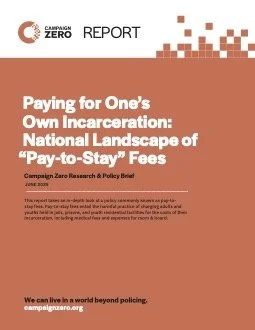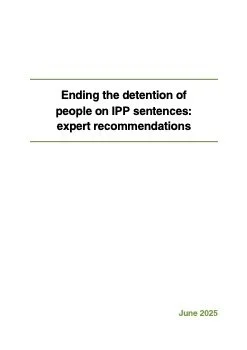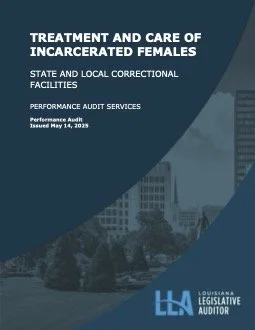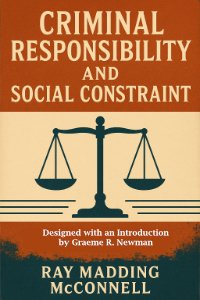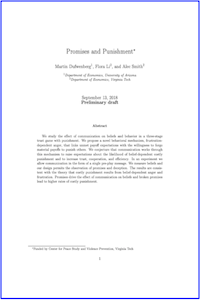By Solitary Watch, American Civil Liberties Union of Louisiana; Jesuit Social Research Institute/Loyola University New Orleans
The use of solitary confinement in the state of Louisiana has penetrated the broader public consciousness largely through the story of the Angola 3. Over the past decade, the harrowing saga of three African American men—all likely innocent of the prison murders that were used to justify confining them in solitary for up to 43 years—sparked media attention and public outcry as the ultimate expression of harsh, racist, Southern injustice. But there is another story to be told about solitary confinement in Louisiana. Like the story of the Angola 3, it is deeply rooted in the history of racial subjugation and captivity in the South, which begins with slavery and stretches through convict leasing and Jim Crow to the modern era of mass incarceration. However, it extends far beyond the lives of just three men. This is the story of a prison system where, on any given day, nearly one in five people is being held in isolation, placed there by prison staff, often for minor rule violations or “administrative” reasons. When it conducted a full count in the fall of 2017, the Louisiana Department of Public Safety and Corrections (LADOC) reported that 19 percent of the men in its state prisons—2,709 in all—had been in solitary confinement for more than two weeks. Many had been there for years or even decades. The Vera Institute of Justice, which released its own report on solitary confinement in Louisiana earlier this year, similarly found over 17 percent of the state’s prison population in solitary in 2016. These rates of solitary confinement use were more than double the next highest state’s, and approximately four times the national average. Given that Louisiana also has the second highest incarceration rate in the United States, which leads the world in both incarceration and solitary confinement use, it is clear that Louisiana holds the title of solitary confinement capital of the world. The state has this dishonorable distinction at a time when a growing body of evidence offers proof of the devastating psychological and social harms caused by prolonged solitary confinement, as well as its ineffectiveness as a tool to reduce prison violence. In 2015, when it revised its Standard Minimum Rules for the Treatment of Prisoners (known as the Mandela Rules), the United Nations acknowledged that solitary confinement of 15 days or more is cruel, inhumane, and degrading treatment that often rises to the level of torture. Taken together, these facts indicate that the state of Louisiana is abusing and at times torturing thousands of its citizens for no legitimate purpose whatsoever. The numbers, however, still tell only part of the story. Just as Albert Woodfox’s memoir "Solitary" powerfully conveys what it is like to live for decades in conditions that are designed “to break people,” the words of individuals living in solitary confinement are vital to understanding the reality of what is happening today in Louisiana’s prisons. For this report, we collected information directly from those men and women. The bulk of the report is based on detailed responses from more than 700 lengthy surveys completed by individuals in solitary, whose names and identifying information have been changed to protect their safety and privacy. Their descriptions paint a grim picture of long stretches of time spent in small cells that are often windowless, filthy, and/or subject to extreme temperatures, where they are denied basic human needs such as adequate food and daily exercise, and subject to many forms of abuse as well as to unending idleness and loneliness, resulting in physical and mental deterioration. Since surveys were returned voluntarily, the results cannot be viewed as a comprehensive or representative sampling. Yet with more than 700 responses from all nine of the state’s prisons, which provided personal narratives as well as quantitative data,8 we believe our report complements, builds upon, and adds an even greater sense of urgency to previous recommendations for reform of solitary confinement in Louisiana, including those included in the recent report by the Vera Institute of Justice. At a moment when LADOC has, for the first time, shown willingness to reconsider and reduce its use of solitary confinement, the findings in this report offer vital insights—and illuminate a path toward the sweeping changes that must be made if Louisiana is to create a prison system that succeeds in both advancing public safety and preserving the human rights of incarcerated people. Major findings from this report include the following: • More than 77 percent of respondents said they had been held in solitary confinement for more than a year, and 30 percent said they had been in solitary for more than five years. LADOC has not collected data on duration of time in solitary. Nationally, less than 20 percent of individuals in solitary, on average, have been there for more than one year. The United Nations has called on countries to ban the use of solitary beyond two weeks. • Just over 56 percent of respondents were in Extended Lockdown, which is generally used as punishment for prison rule violations, and which has no maximum duration. This type of segregation violates UN prohibitions on both using isolation for punishment (as opposed to safety) and using it for indefinite periods. • African Americans were over-represented among respondents. This racial disparity is consistent with the Vera Institute’s report, which also found higher percentages of African Americans and lower percentages of whites in solitary than in the general prison population. • More than half of respondents believed their mental health had worsened during their time in solitary. Most others said it had stayed the same or weren’t sure. • Many described psychological problems consistent with research on the negative mental health effects of prolonged solitary confinement. These include anxiety, panic attacks, depression, hopelessness, sensitivity to light and sound, visual and auditory hallucinations, rage, paranoia, and difficulty interacting with others. Some expressed fear that the damage would be permanent, and they would “never be the same again.” • More than one-quarter of respondents reported engaging in self-harm, including cutting and head-banging, while in solitary, while less than 6 percent said they had done so while in general population. More than 66 percent said that they had witnessed others attempting to harm themselves frequently while in solitary. Of those who had harmed themselves, 4 percent said they received counseling in response, while more than 26 percent said they were punished for it. etc.....
New Orleans: Solitary Watch American Civil Liberties Union of Louisiana Jesuit Social Research Institute/Loyola University New Orleans. 2019. 135p.


